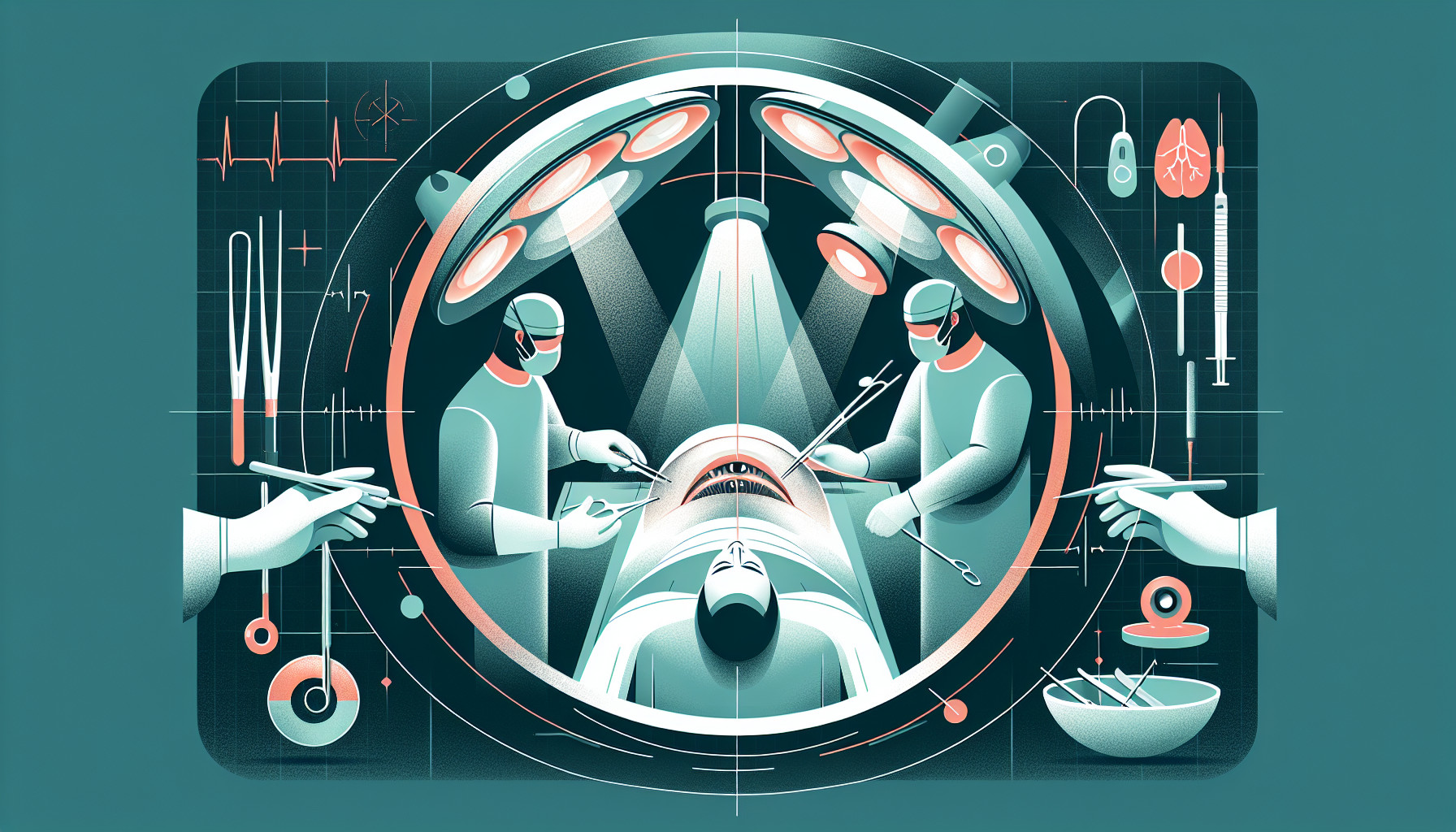Our Summary
This study looked at the results of cataract surgeries performed on 34 adults with Down’s syndrome at a hospital in Madrid, Spain, between 1996 and 2019. The researchers reviewed the patients’ medical and demographic information, the type of cataract they had, the measurements of their eyes, the kind of surgery they had, the type of lens implanted, and any complications that occurred before and after the operation.
Out of the 34 patients (23 females, 11 males, average age 49), 54 eyes underwent cataract surgery under general anesthesia. For patients with cataracts in both eyes, the surgeries were performed one after the other in the same session for 90% of them. The most common type of cataract was the white cataract, found in 20.4% of the cases. The phacoemulsification technique, a modern method that uses ultrasound to break up and remove the cloudy lens, was used in most cases (94.4%). The most common eye conditions in these patients apart from cataracts were myopia (nearsightedness), strabismus (misaligned eyes), and keratoconus (cone-shaped cornea).
During surgery, the back part of the lens capsule was accidentally torn in 5.5% of the cases. The average eyesight before surgery was quite poor, but improved after the surgery.
The researchers concluded that the phacoemulsification technique is a good option for adults with Down’s syndrome as it has an acceptable rate of complications. However, they pointed out that factors such as patient cooperation, other eye conditions, and the difficulty in measuring the eye should be taken into account when planning the surgery. They also suggested that, when possible, surgeries for both eyes should be done one after the other in the same session to reduce the number of times the patient has to be put under general anesthesia.
FAQs
- What was the most common type of cataract surgery performed on adults with Down’s syndrome in this study?
- What were the most common ocular comorbidities found in patients with Down’s syndrome who underwent cataract surgery in this study?
- What factors should be considered in surgical planning for adults with Down’s syndrome undergoing cataract surgery?
Doctor’s Tip
One helpful tip a doctor might tell a patient about cataract surgery is to follow all pre-operative instructions provided by the surgeon. This may include avoiding eating or drinking for a certain period of time before surgery, as well as stopping certain medications that could increase the risk of bleeding or other complications during the procedure. Following these instructions can help ensure a successful surgery and recovery process.
Suitable For
Cataract surgery is typically recommended for patients with significant vision impairment due to cataracts. In the study described above, cataract surgery outcomes in adult patients with Down’s syndrome were evaluated. Patients with Down’s syndrome may have additional challenges that need to be considered in surgical planning, such as lack of patient cooperation, ocular comorbidities, and challenging biometric estimation. In these patients, phacoemulsification technique was found to be effective with an acceptable rate of complications. In cases where bilateral cataracts are present, immediately sequential, bilateral cataract surgery may be considered to reduce the exposure to general anesthesia.
Timeline
Before cataract surgery, a patient may experience symptoms such as blurry vision, glare, difficulty seeing at night, and colors appearing faded. They may also undergo a comprehensive eye exam to determine the severity of the cataract and assess their overall eye health.
After cataract surgery, the patient may experience improved vision, reduced glare, and enhanced color perception. They will need to follow post-operative care instructions, which may include using prescribed eye drops, avoiding strenuous activities, and attending follow-up appointments with their ophthalmologist. Over time, the patient’s vision will continue to improve as the eye heals, and they may eventually require new prescription glasses or contact lenses for optimal vision.
What to Ask Your Doctor
Some questions a patient with Down’s syndrome undergoing cataract surgery may want to ask their doctor include:
- What type of cataract do I have, and what surgical technique will be used to remove it?
- What is the expected outcome of the surgery in terms of visual acuity improvement?
- What type of intraocular lens (IOL) will be implanted, and what are the potential risks or complications associated with it?
- How will my Down’s syndrome affect the surgery and recovery process?
- Will I need general anesthesia for the surgery, and what are the risks associated with it?
- How should I prepare for the surgery, and what can I expect during the recovery period?
- Will I need follow-up appointments after the surgery, and what should I do if I experience any complications or changes in my vision?
- Are there any specific considerations or accommodations that need to be made for individuals with Down’s syndrome during cataract surgery?
- How will my other ocular comorbidities, such as myopia or strabismus, be taken into account during the surgical planning?
- Is it possible to have immediately sequential, bilateral cataract surgery to reduce the exposure to general anesthesia?
Reference
Authors: Escribano Lopez P, Porto Castro S, Garrido Ceca G. Journal: Int Ophthalmol. 2022 Oct;42(10):2997-3004. doi: 10.1007/s10792-022-02285-7. Epub 2022 Mar 30. PMID: 35355167
